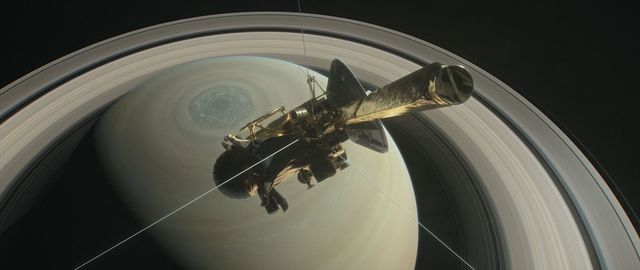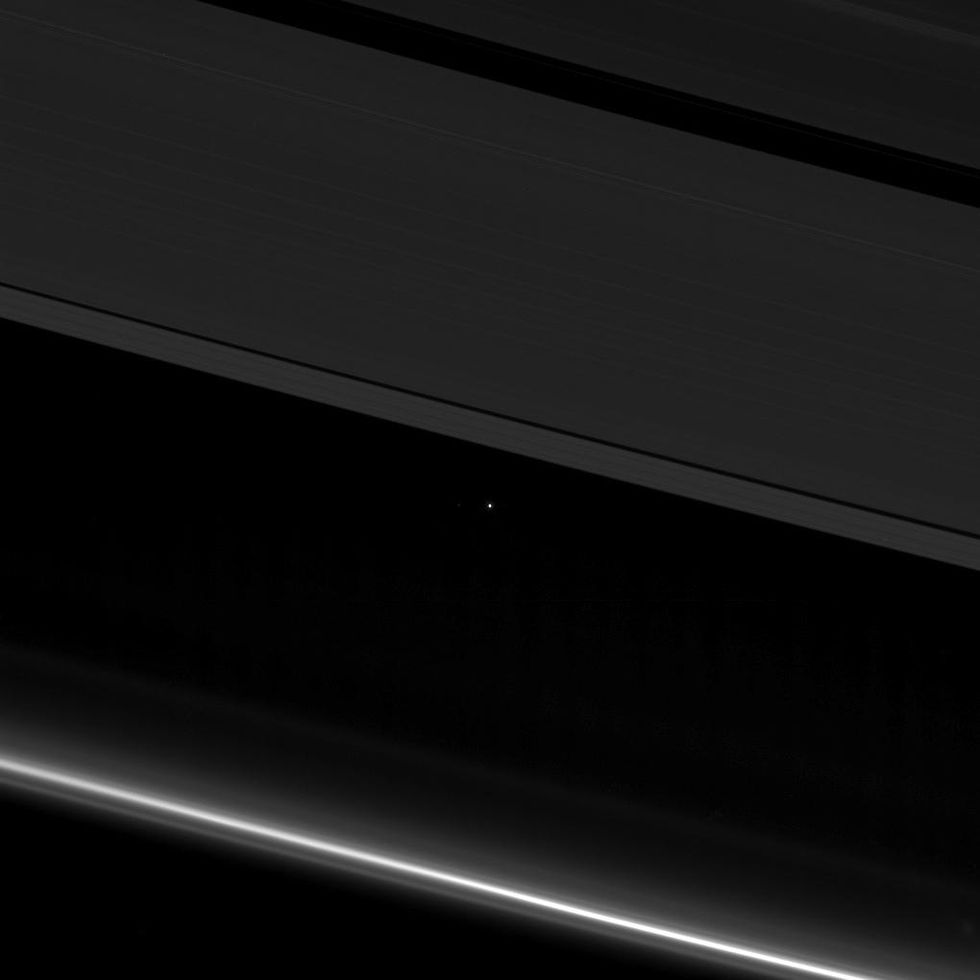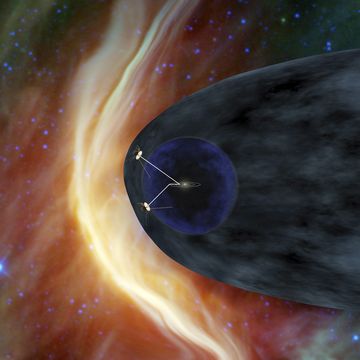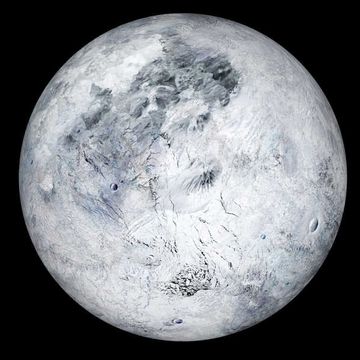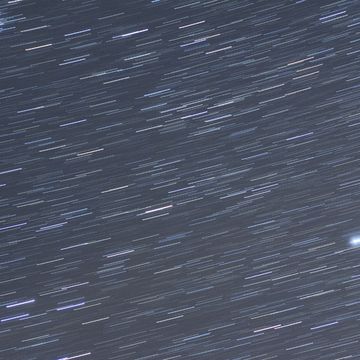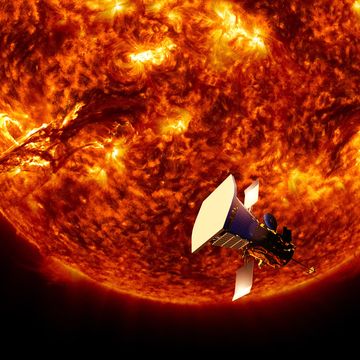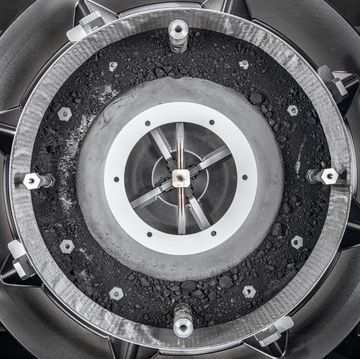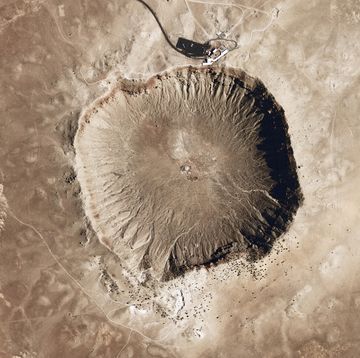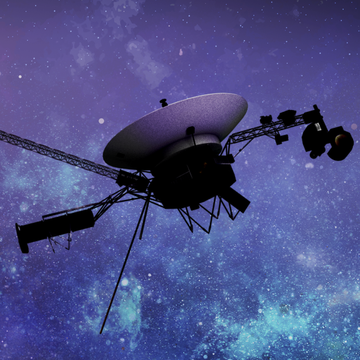NASA's Cassini mission to Saturn has been one of NASA's most successful ventures over the last decade, but all good things must come to an end. Cassini is running out of fuel, so NASA planned a spectacular grand finale to the long-running Cassini mission. Over the next several months, Cassini will conduct a series of dangerous orbits that will take it where no spacecraft has ever gone before: in between Saturn and its rings.
On Saturday, Cassini passed the point of no return as it flew past Saturn's moon Titan, which altered the spacecraft's trajectory enough to fling it inside Saturn's rings. Cassini is now on a long and unavoidable collision course with the planet Saturn in September, following 22 passes through Saturn's ring system in the coming months.
Following the Titan flyby, Cassini will enter Saturn's rings for the first time on Wednesday April 26. This type of mission is risky because scientists aren't sure just how much dust and debris lies between Saturn and its inner rings. If there's too much, the fast-moving Cassini could be damaged or destroyed.
For this first pass, Cassini will be oriented so that its large radio dish will shield the more fragile components from damage. Meanwhile, other sensors will be studying this region of space to see if there is any danger for future passes. Depending on how much debris is in this region, NASA may place Cassini in less restrictive orientations for future passes.
The Cassini scientists expect that debris will be minimal, but there's a chance they could be wrong. If the worst-case scenario happens and Cassini is completely destroyed, it will still crash into Saturn as planned. This is essential to avoid the risk of contaminating Titan and Enceladus—possible locations of extraterrestrial life—with Earth bacteria.
Cassini will make 22 total flybys of Saturn, including the one on Wednesday, before finally falling into the planet on September 15. Cassini will keep recording and transmitting data until the last possible moment, to ensure we get the most out of this incredible mission to Saturn.
Source: NASA
